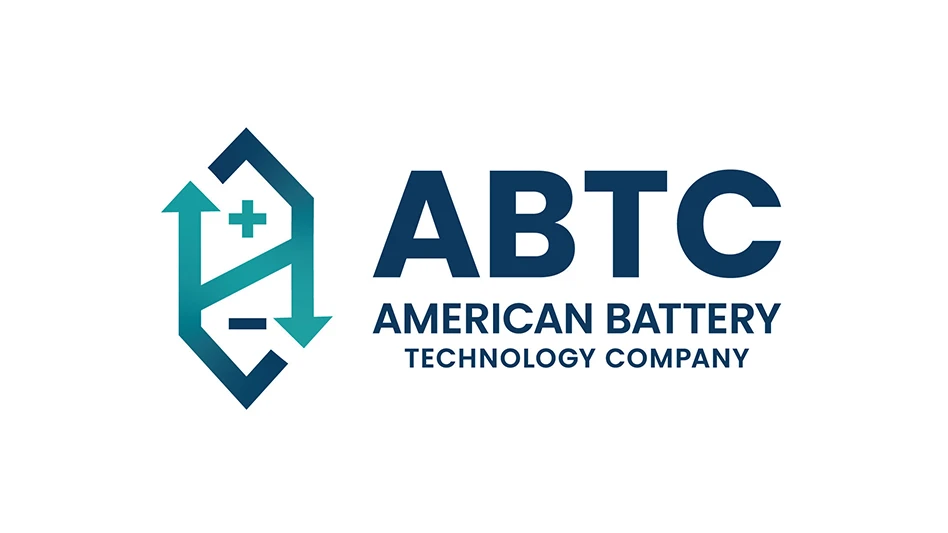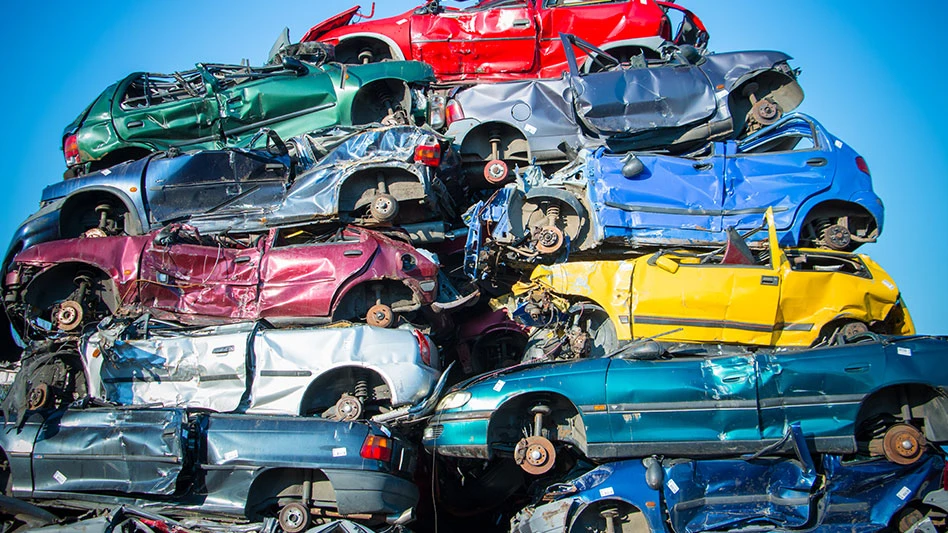You only get what you pay for.”
Why not, also, “Pay only for what you get?”
More and more in recent years, we’re seeing this old adage and its flip side taking hold in the domestic stainless steel scrap recycling marketplace. Which is all to the good. And it’s creeping onto the international scene, too, which is even better as commerce globalizes.
Behind this trend is the increasing use of the meltdown by mills in the United States to precisely determine the content of the scrap they buy, and thereby more accurately assess its intrinsic value. Previously, when the mills would give their scrap suppliers a specification that perhaps called for 7.8 to 8.0% nickel, scrap processors had no incentive to give any more than the 7.8%. The natural goal for the processors was to provide the minimum specified, providing the least possible quality for the highest price available.
Requiring Homogeneity
Using their own meltdowns to determine the price of stainless scrap, mills pay for what they really get and the processors get paid for what they really supply. In practice, the mills randomly sample a few of the car loads making up the lot and pay for them all on the basis of what the meltdown of the sample cars shows.
The random sampling is done in the interest of efficiency and convenience. This requires homogeneity – that all the cars be loaded uniformly in terms of metallic content by the processor so that the sampled cars truly represent what’s in the other cars making up the lot, so that all cars in truth are each worth the same.
For example, a mill orders 1,000 tons of stainless scrap targeted to be 8.5% nickel and 17% chrome. This would be a 10-car lot; one to three cars are selected for the meltdown that would establish the value of the entire lot. So all 10 cars must be loaded uniformly so each has the specified 8.5% nickel and 17% chrome to equitably price the entire lot.
To fill the order, however, the processor could load the cars with a multitude of different kinds of materials. For example, some pieces could have 16% chrome but no nickel. Other pieces in the same car might have 20% nickel and 25% chrome. But the meltdown of any sample car in the lot would show the entire lot to be the 8.5% nickel and 17% chrome mix if the cars have been loaded correctly.
The integrity of the sampling system depends on the cars being homogenous in terms of what the meltdown will show, even if they are loaded with scrap from many different sources. The fact is, for instance, that 100 different items can be blended and the final result could be 18-8 even though not one of the items is 18-8.
The key to consistent material is testing in the scrap yards as lots are being assembled. This can be spark testing or portable alloy analyzer testing or combinations of both. The trick, also, is not just to sort the content for what’s wanted but also for content not wanted at all — such as lead, tin or copper — that would contaminate the steelmaking process.
YIELD TO INTERNATIONAL CUSTOMS
The domestic and international markets vary somewhat. Domestic mills want just solid scrap for making stainless, nothing like turnings or small chips because they may carry excessive oil and dirt. The domestic mills pay pound for pound received based on the meltdown alone.
But overseas mills are more tolerant of the physical nature of stainless scrap because they adjust their payments for yield. That is, the basic valuation overseas is based on the meltdown analysis of metallic content, but then is adjusted for any weight lost because of small metal chips and foreign material (such as cutting oils or other nonmetallics) burning off in the melt.
For example, foreign mills may analyze every tenth container load taken off of a ship, and the processor will be paid for the intrinsic metallic value of the entire lot. A very few large scrap processors have the capabilities to provide the quality that both foreign and domestic mills demand.
Everyone wants good quality, uniform scrap — like 2x2 or 3x3 clips. Scrap processors, though, need to sell odd-ball pieces. But cleaning them all up and separating the pieces costs more than carefully combining the mixed pieces and then calculating what the nickel, chrome and iron is when the meltdown is done. Some overseas consumers aren’t so much concerned with what the cargo looks like as long as it meets meltdown specifications, which is why many scrap processors prefer to ship material overseas.
Industrial Sources
Industrial sources — such as fabricators; service centers; machine shops; and stamping, slitting, burning and sawing operations — followed by demolition companies generate the largest amounts of scrap. Over a period of years, scrap processors get to know what to expect from their sources, which makes preparation much more efficient and homogeneity much more achievable.
Other sources — such as smaller dealers and peddlers as well as obsolete scrap — add to the inventory.
About five or six processors ship stainless steel scrap directly to mills in the United States. The mills prefer to go to these direct mill shippers because they each have the expertise, sources and facilities to fill orders consistently in the hundreds of tons; otherwise, the mills would have to shop dozens of smaller processors to fulfill their needs, which would make pricing and logistics more complicated and costly.
Long-term, the future for the stainless segment of the recycling industry looks good.
Because stainless lasts so long and is easy to maintain, it is being used increasingly in large tonnage applications, especially more and more in construction as well as for such items as sanitary products; dairy, food and chemical processing equipment; structural elements; and architectural surfaces, both interior and exterior. And so mills making stainless will continue using more and more scrap — especially because scrap units usually sell at a discount from primary, virgin units.
Because stainless scrap is the order of ten times the value per pound of steel scrap, the investment in assuring the uniformity and accurate analysis of stainless scrap is warranted. Small errors in analysis can be costly in pricing.
Perhaps the steel industry one day will see the value of buying scrap on the basis of chemistry and yield. While much more training and record keeping is involved, the integrity of all transactions would be enhanced.
The author is vice president – nonferrous for scrap recycling company Metal Management, Inc., Chicago.
Get curated news on YOUR industry.
Enter your email to receive our newsletters.

Explore the August 2001 Issue
Check out more from this issue and find your next story to read.
Latest from Recycling Today
- Circular by Shapiro releases "5 for Five" sustainability series
- Graphic Packaging set to close Ohio CRB facility
- Ameripen voices support for Maryland EPR bill
- Matalco to close Canton, Ohio, plant
- Maryland county expands curbside recycling to include electronics
- California EPS ban will be enforced
- YKK AP America introduces BetterBillet
- Fresh Perspective: Cameron Keefe





